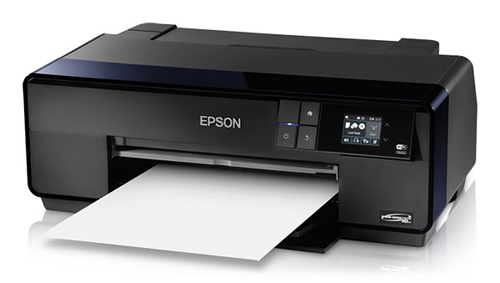John Stanmeyer is a Photojournalist, founding member of the VII Photo agency, contributing photographer to National Geographic Magazine and other major publications around the world. With thousands of photos to sort through, how do you choose which images to print? Learn how John Stanmeyer chooses which of his photos are printed:
When in studio, which is where all the printing magic occurs, the decision on which image is never direct or simple. When printing for myself, to feel and see an image in the beauty of the physical, I tend to choose complicated photographs. Photographs with subtle essential details in shadows, in highlights, bringing to life the moments I see in person, gently toned on a screen, bringing into the world all its uniqueness of the physical.
Majority of printing occurs in print sales to clients. Collector print requests can vary, whether seen on the pages of National Geographic magazine, on my Instagram page or website. Here too, the selections by each collector are unique, often the unexpected.
While there are is a broad range of prints requested, the most sought is the World Press image, Signal, from Djibouti. Signal is also one of the most complicated print…there are so many subtitles in the bluish inky evening under moonlight along the Red Sea.
Signal, Djibouti
The incredible power to create tangible art is achievable through a good monitor, in combination with an excellent printers and brilliant paper.
















